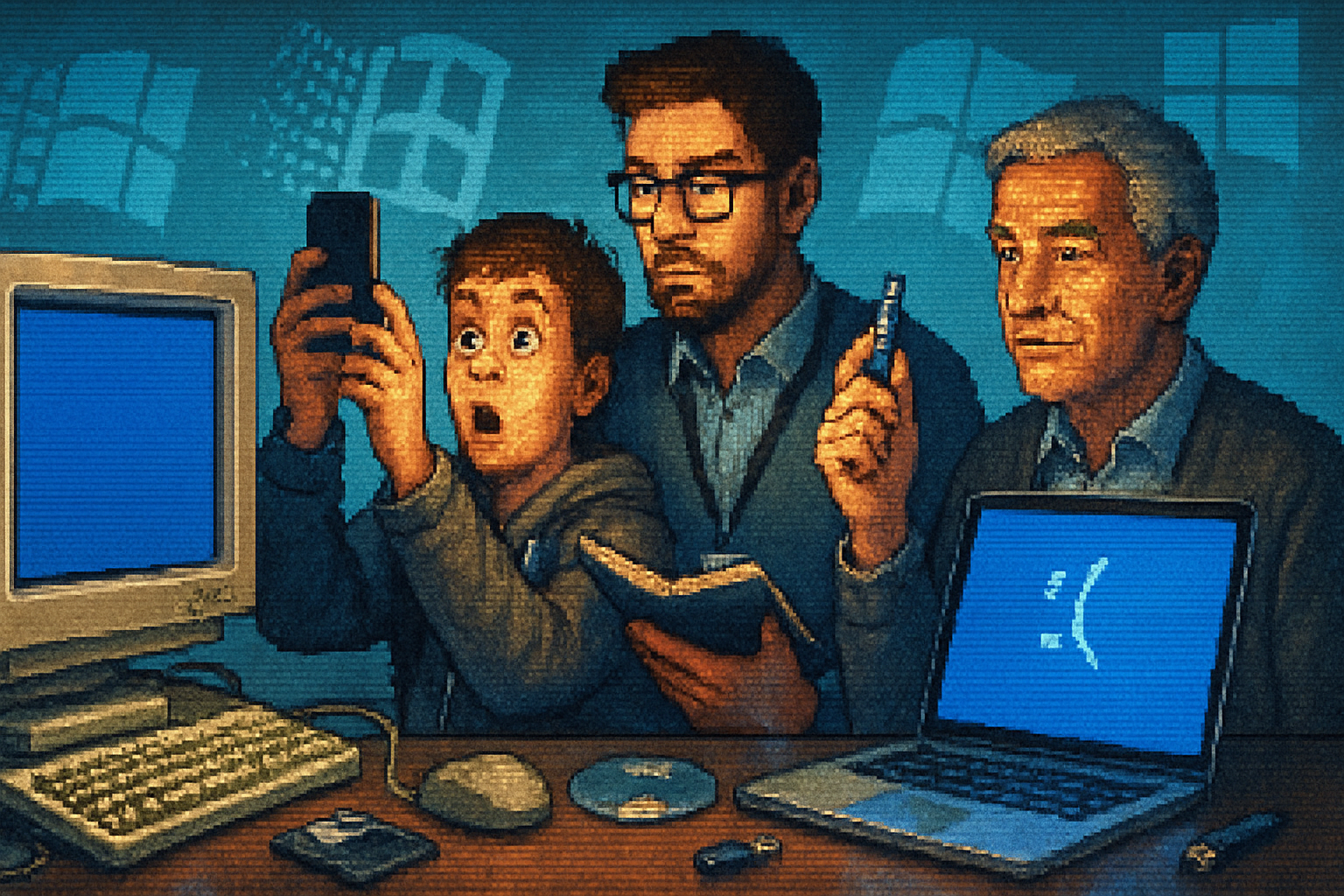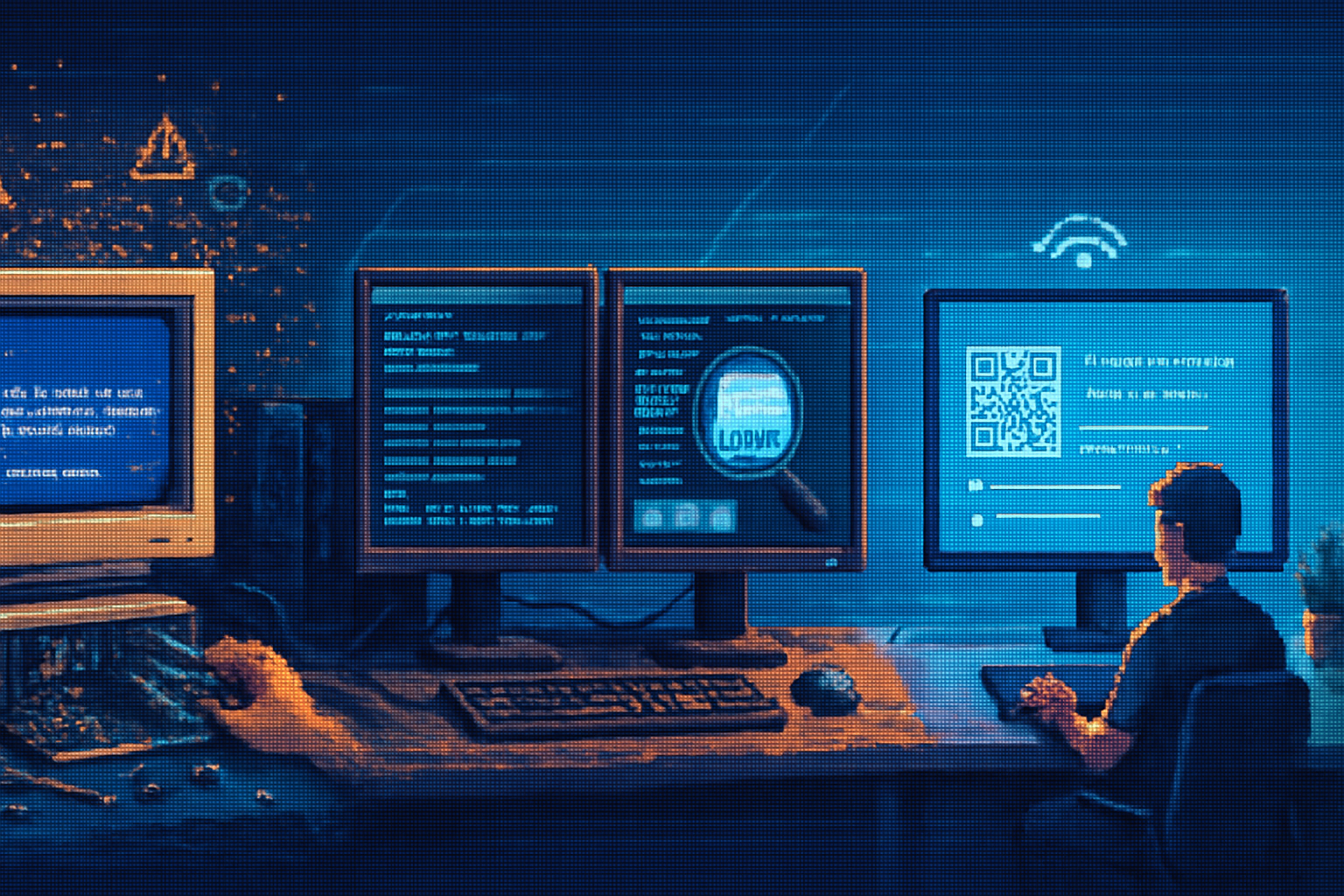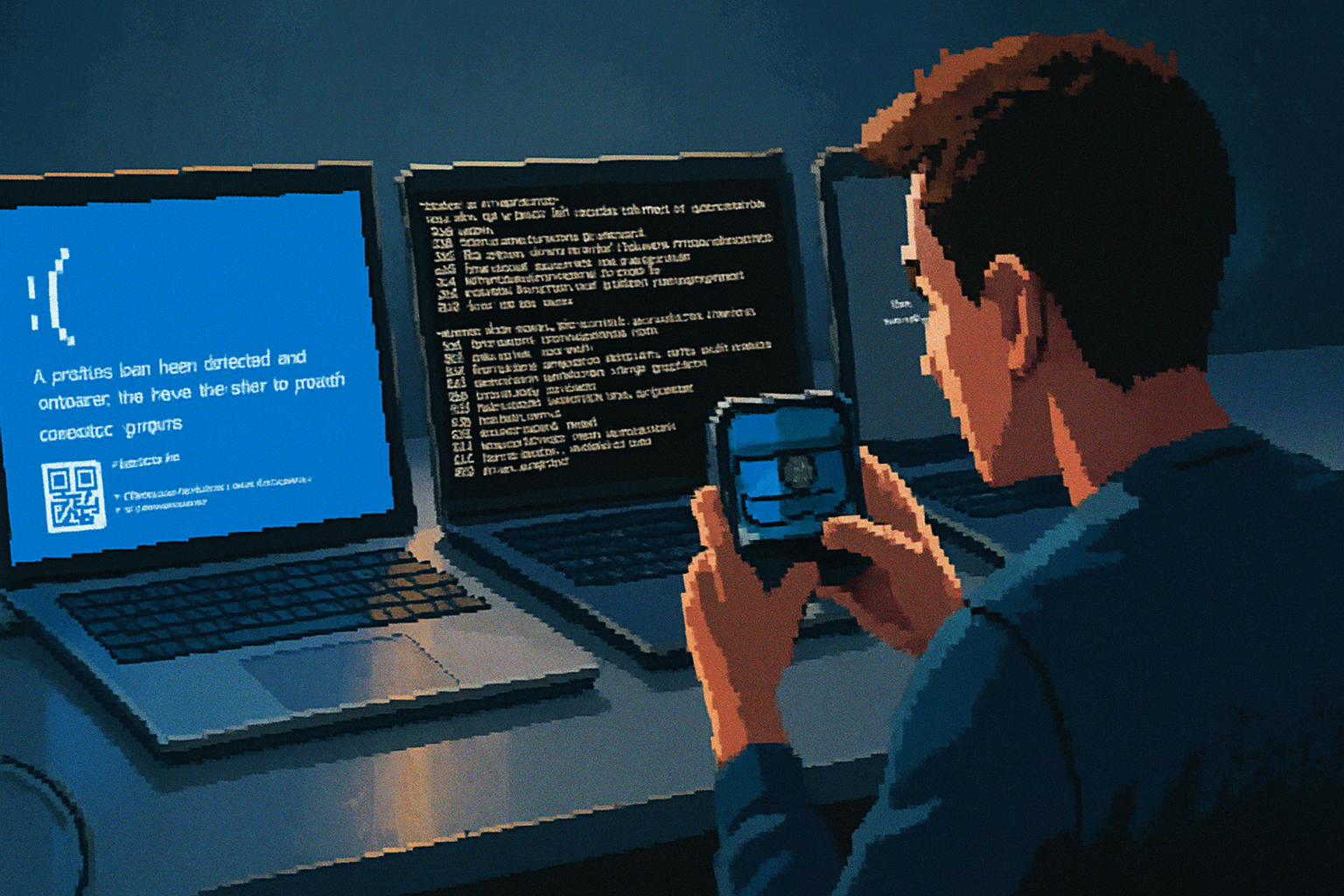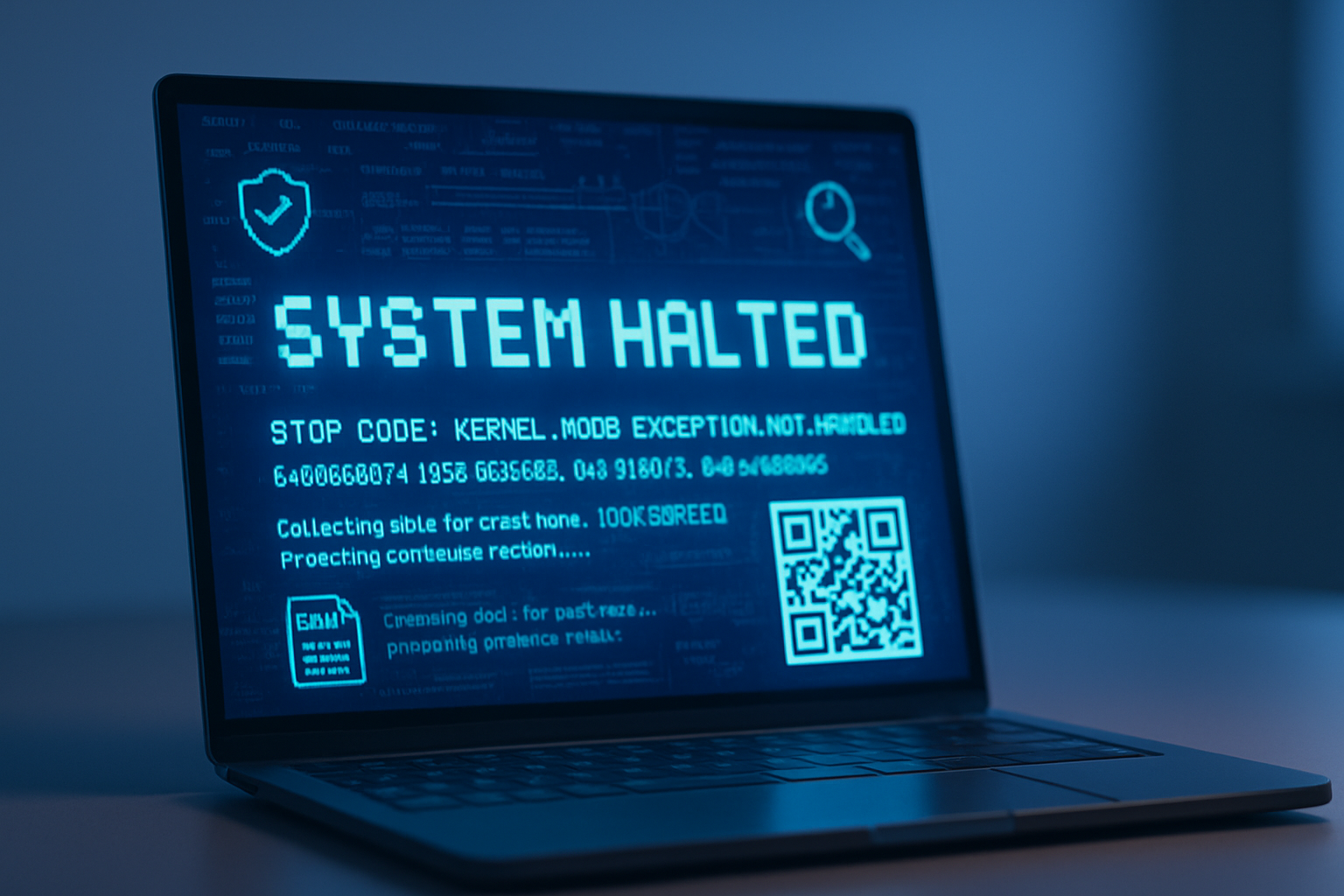· 3 min read
The Psychology of Frustration: User Reactions to the Blue Screen of Death
Explore the psychological impact of the Blue Screen of Death (BSOD) on users, examining their behavior, troubleshooting methods, and overall attitudes toward technology.
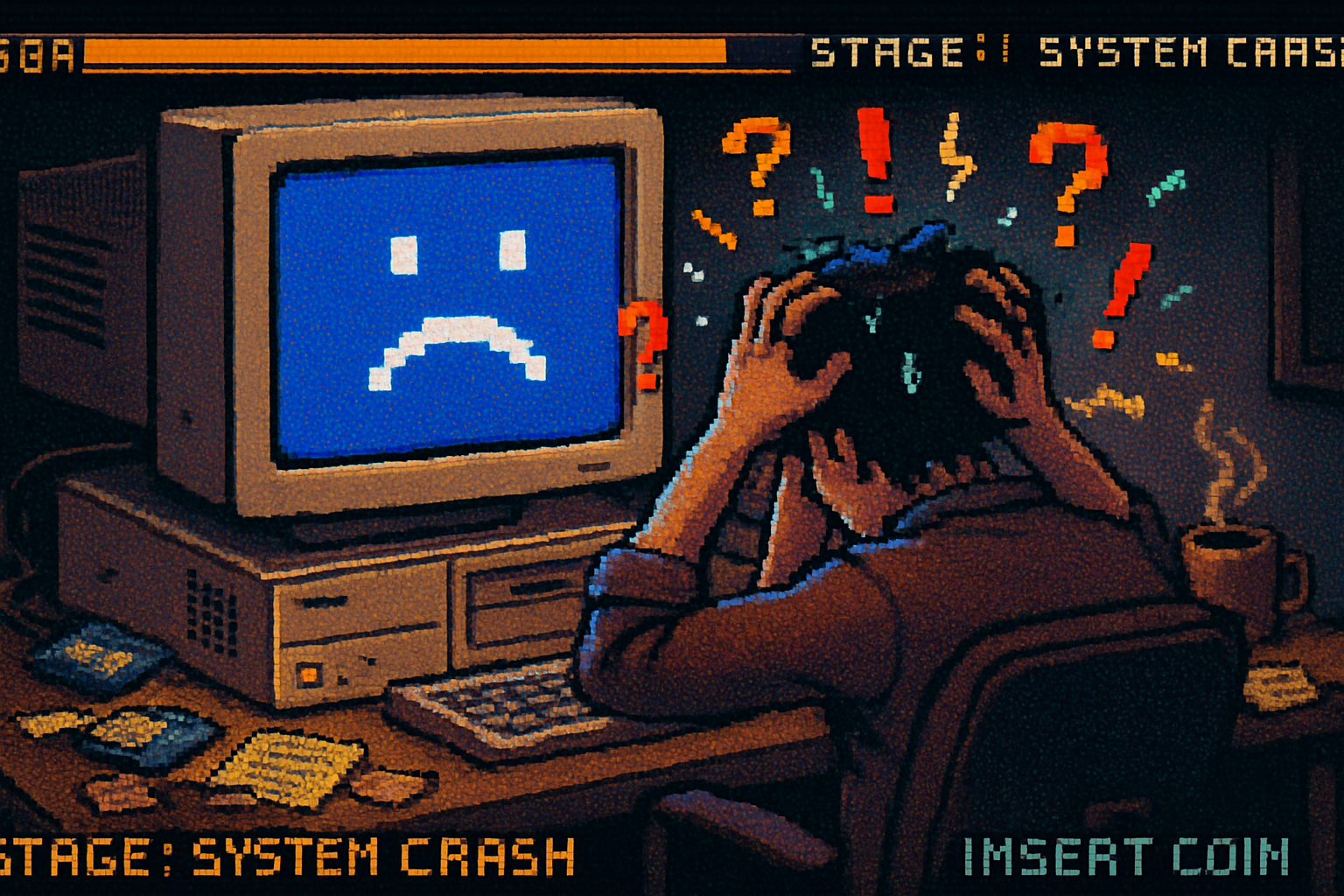
Introduction
The Blue Screen of Death (BSOD), a term synonymous with Windows system failures, evokes a visceral reaction from users. Its appearance often signifies an abrupt halt to productivity, triggering a complex mix of emotions ranging from confusion and frustration to anxiety and helplessness. This article delves into the psychology behind user reactions to the BSOD, examining how it affects user behavior, troubleshooting approaches, and attitudes toward technology as a whole.
The Emotional Response to the BSOD
When faced with the BSOD, the immediate response is often shock and disbelief. Users may feel a sudden rush of anxiety as they contemplate the loss of unsaved work and impending downtime. This response can be exacerbated by the unclear messaging of the error codes displayed, leaving users bewildered about the exact issue and how to resolve it.
Frustration as a Common Reaction
The frustration stemming from encountering the BSOD can be attributed to several factors:
- Loss of Control: Many users have a strong desire for control over their technology. The BSOD symbolizes a breakdown of this control, leading to feelings of powerlessness.
- Expectations of Technology: In an era where devices are expected to perform flawlessly, encountering a significant error can lead to cognitive dissonance. Users may feel betrayed by their own technology, leading to negative attitudes toward the device’s reliability.
Coping Mechanisms and Troubleshooting Approaches
Users react to encountering a BSOD in various ways, influenced by their technical knowledge and emotional state. Common reactions include:
- Panic and Immediate Restarts: Many users instinctively reboot their machines, hoping that a simple restart will resolve the issue. This optimistic approach reflects a willingness to trust that their technology will self-correct, despite the evidence to the contrary.
- Seeking Help: Users with a moderate technical background may turn to online forums or help centers for guidance. In contrast, those less familiar with technology may feel overwhelmed and refrain from seeking help, fearing that they may exacerbate the problem.
- Exploration of Error Codes: Tech-savvy individuals may dive deeper into troubleshooting, meticulously recording the error codes and researching potential solutions. This proactive approach can alleviate anxiety but might also lead to further frustration if solutions prove ineffective.
Attitudes Towards Technology After a BSOD Encounter
Experiencing a BSOD can significantly alter users’ attitudes toward their technology. Individuals may develop a heightened sense of paranoia about system stability, leading them to:
- Regularly Back Up Data: The fear of encountering a BSOD again can drive users to adopt more diligent data backup practices, ensuring they are less affected by potential future failures.
- Skepticism Towards Updates: Some users may become hesitant about installing updates, fearing that these changes could introduce more instability rather than improvements.
- Increased Brand Loyalty or Aversion: For some, encountering the BSOD may lead to a loss of trust in a particular brand or operating system. Conversely, effective troubleshooting resources and successful resolution may strengthen brand loyalty for others.
Conclusion
The Blue Screen of Death is not just a technical issue; it’s a psychological event that envelops users in frustration, anxiety, and a struggle for control. By understanding the emotional and behavioral responses elicited by the BSOD, we can gain insight into broader user attitudes toward technology. As technology continues to evolve, recognizing these psychological factors will be crucial in designing user-friendly systems and providing adequate support for those who feel the burdens of technical failures.
